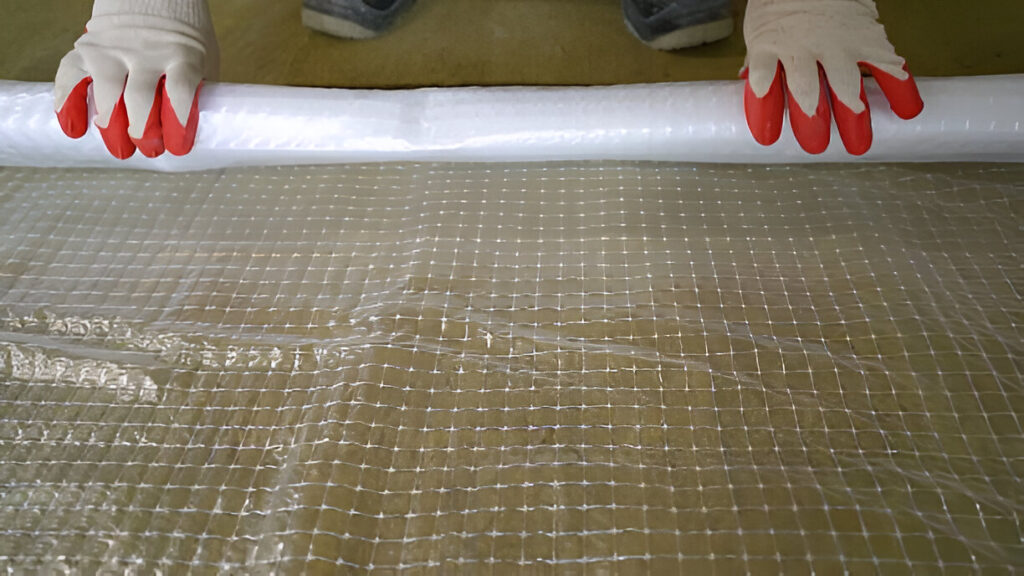In an era where the longevity and aesthetic quality of printed materials are paramount, the role of overlaminates cannot be overstated. A vital component in print protection, overlaminates serve as a protective layer, shield against environmental factors, and enhance the visual appeal of printed graphics. This article explores the importance of using high-quality overlaminates and how they contribute to preserving and elevating the impact of printed materials.
The Functionality of Overlaminates
Overlaminates are applied over printed graphics to provide a protective barrier. They are typically made from materials such as vinyl or polyester, which are chosen for their durability and resistance to elements such as UV rays, moisture, and abrasion. High-quality overlaminates shield the underlying print from fading, discolouration, and physical damage, ensuring that the graphics remain vibrant and intact for an extended period.
Preserving Printed Materials
The use of overlaminates plays a critical role in the preservation of printed materials. They act as a first line of defence against the wear and tear that can come from handling, installation, and long-term display. By using high-quality overlaminates, you effectively extend the life of the prints, maintaining their quality and ensuring they continue to serve their purpose without the need for frequent replacements.
Enhancing Visual Appeal
Aside from preservation, overlaminates also enhance the visual aspects of printed materials. They come in different finishes – glossy, matte, and satin – each providing a unique aesthetic effect. A glossy finish can make colours pop and give images a sharp, clear appearance, while a matte finish might be preferred for reducing glare and providing a sophisticated, non-reflective look.
Choosing the Right Overlaminate
When selecting overlaminates, it is important to consider the specific requirements of the print job. Factors such as the expected lifespan of the graphic, the conditions it will be exposed to, and the desired finish all influence the type of overlaminate best suited for the task. High-quality options ensure compatibility with the print media and the ink used, providing a seamless and protection-focused enhancement.
Indoor and Outdoor Applications
The versatility of overlaminates makes them suitable for both indoor and outdoor applications. When used outdoors, they offer additional protection against exposure to the elements, such as rain and direct sunlight, which can be particularly harsh on printed materials. For indoor use, they provide a layer of protection against dust, cleaning solutions, and the occasional scratch or scuff.
Installation and Maintenance
The benefits of overlaminates can only be fully realised when they are properly installed and maintained. High-quality overlaminates are designed to be user-friendly, allowing for a smooth application that is free from bubbles and wrinkles. Proper maintenance, which involves regular cleaning with the right solutions, can also prolong the efficacy of the overlaminate, keeping the print looking pristine for longer.
Economic Advantages
Investing in high-quality overlaminates can also be seen as an economically sound decision. By protecting prints from premature damage, they reduce the need for reprints and replacements, thus saving time and resources in the long run. Durability equates to cost-effectiveness, as it lengthens the service life of the printed materials and brings down long-term expenses.
Environmental Impact
It is worth considering the environmental implications of using overlaminates. By extending the life of prints, they contribute to reducing waste generated by disposed graphics. Moreover, manufacturers of high-quality overlaminates are increasingly adopting eco-friendly practices and materials, thereby lessening the environmental footprint of print protection.
Customisation and Versatility
Overlaminates come in a variety of thicknesses and levels of flexibility, which makes them adaptable to a wide range of applications. From large format prints to vehicle graphics and floor decals, there is an overlaminate available to meet the unique demands of each project. This customisation potential allows printers and designers to create durable, appealing graphics for any occasion or environment.
Technological Advancements
As technology advances, so do the capabilities of overlaminates. Modern overlaminates are being engineered with features such as anti-graffiti properties, increased UV protection, and better conformability to complex surfaces. These advancements ensure that print protection solutions keep pace with the evolving needs of the industry.
Conclusion
High-quality overlaminates are an essential component in the realm of print protection. They offer a powerful combination of durability, aesthetic appeal, and cost-effectiveness, making them an invaluable investment for anyone looking to preserve and enhance their printed materials. By selecting the right overlaminate for your project, you can ensure that your graphics withstand the test of time and continue to captivate viewers with their striking visuals.
Planning for Longevity
When planning a print project, considering the use of overlaminates from the outset can be the key to creating long-lasting and visually stunning graphics. Recognising the various benefits they offer, it becomes clear that the inclusion of high-quality overlaminates should be an integral part of the print production process.
Securing Your Print’s Future
Securing the future of your print with the right protection not only enhances its lifespan but also reflects the care and professionalism put into its production. By opting for high-quality overlaminates, you take a proactive step towards ensuring that your printed materials retain their integrity and appeal, elevating the perceived value of the content they display.
In summary, the application of overlaminates signifies a commitment to excellence in print production, linking superior protection with the heightened visual allure of printed graphics. It is an essential practice that stands to benefit both the producer and the end user, contributing to a cycle of sustained quality in the world of printed media.



